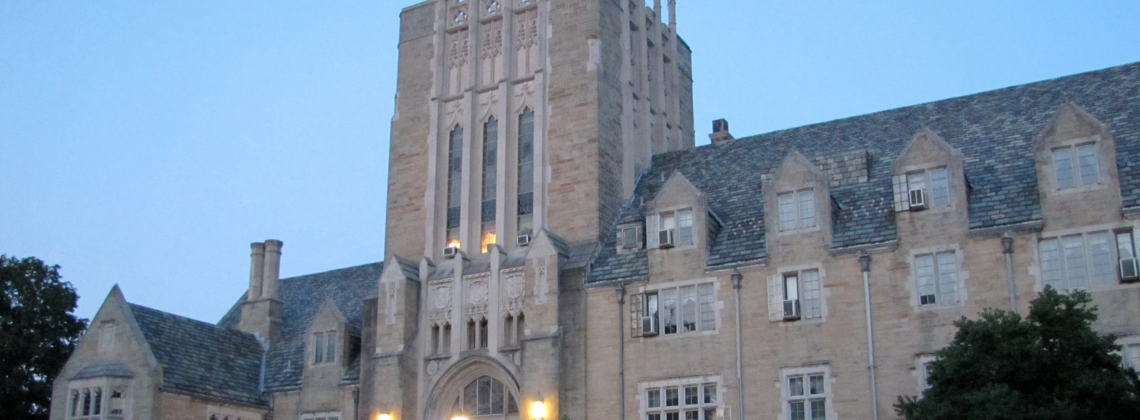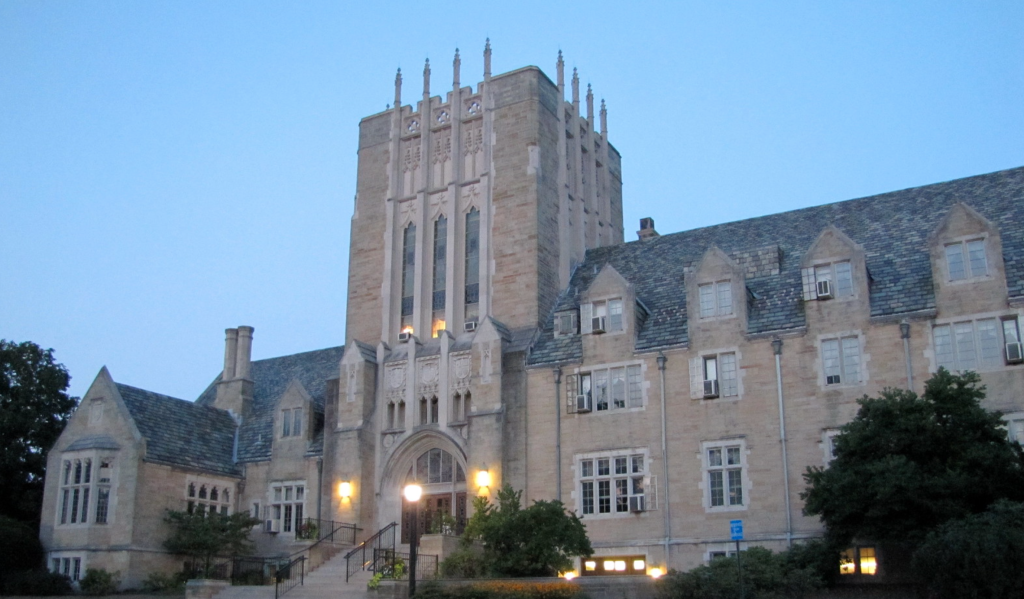

If the university is not the church, what follows?
Christian university students today are markedly different from the ones I started teaching in the 1980s. The amount of change the current crop of students has experienced is astounding.
Consider these facts. A student beginning her freshman year in fall 2025 was born in 2007, six years after the Twin Towers fell. She was six when Trayvon Martin was killed, eight when Michael Brown was shot, and thirteen when George Floyd’s death prompted protests across the country. She was eight when the Obergefell decision made traditional marriage amendments unconstitutional. She was ten when the #MeToo and #ChurchToo movements shone a bright light on issues of sexual harassment and saw a rethinking of the purity culture movement within evangelicalism. Politically, Obama’s presidency was over by the time she was nine. Donald Trump has been a major figure, for good or for ill, throughout her political awareness. She has grown up with school shooting drills and the ravages of climate change. And she watched all of this on her favorite social media apps.
At the same time, the Christian university she will be joining has generally avoided these contentious issues. In recent instances across the county, when Christian universities get close to addressing issues of race or patriarchy or LGBTQ+ support, they are quickly called out by gatekeepers—whether alumni, denominational leaders, influential pastors, or evangelical gatekeepers. Because such potential accusations damage the institution’s’ bona fides as a Christian university, the fear of repercussions is too often the driving force in decisions made by administrators and trustees, rather than any actual beliefs—theological or political. In short, to protect the institutional brand, Christian universities want to demonstrate that they are the same institutions they’ve always been.
This contrast between the interests of today’s students and the imagined or real threats coming from inside and outside the institution is the central premise of my new book, The Fearless Christian University. Drawing from social science research on evangelicals, scholarship about higher education, contemporary events, and my own forty years of experience in Christian higher education as both faculty member and administrator, I argue that there is a better way forward for the Christian university.
Crucial to that better way is the centering of the student experience, with all its messy and uncomfortable questions. This is not a radical proposition. Most Christian universities claim to be focused on developing future leaders. This would extend beyond the practical vocational training of preparing students for their first job. Rather, the goal is to equip graduates who decades later maintain their faith, knowledge, and action as a coherent whole.
If the student’s transformational journey is central, fighting culture wars is not only unnecessary but counterproductive. Administrators and trustees can respond to outside inquisitors by sharing how a challenging topic was an important part of that transformation—the equipping of students for the future.
Telling the transformational story requires improving the often-strained relationships between faculty, staff, administrators, and trustees. Those relationships, in turn, should foster a coherent and positive view of the institutional mission in place of one driven by fear.
Early sociological scholarship on American Evangelicals focused on the separation of the evangelical subculture from broader institutional structures. James Davison Hunter and Christian Smith documented the ways protecting internal boundaries from the broader culture was key to evangelical self-understanding. Writing in 2010, Hunter declared that oppositional stance to be ineffective if not counterproductive. He called instead for “faithful presence”.
If Christian universities pursue faithful presence, their relationship to various publics changes dramatically. The secular academy isn’t an enemy; it is simply a different segment of the higher education landscape. Students don’t need to come solely from within the evangelical subculture. Rather, a broader market presence can meet the felt needs of the current generation while protecting against the fears of the “demographic cliff.”
Most significantly, this approach offers the potential to dramatically change the relationship between the Christian university and its sponsoring denomination and feeder churches. In articulating the transformational journey of students, institutions can demonstrate that their mission differs from that of the church, responding productively to denominational attempts at control. Instead, there can be a recognition that the university operates more like a mission outpost, carrying forward the Christian commitments of a denomination, yet with a unique role all its own.
Will most Christian universities follow the model I outline in the book? Probably not. But some might. In a highly competitive environment where the supposed key to institutional vitality or crisis is a never-ending move to more conservative culture-war battles, there is an opportunity for institutions with a courageous administration and trustees to chart a new course.
That course would strengthen the academic reputation of the Christian university both internally and externally. It could improve the precarious financial stance that far too many institutions experience. Most important, it could make the Christian university a partner in support of the common good and enhance its partnership with the rest of higher education. This was my own hope and aim for forty years. It is more needed today than ever.
John Hawthorne is a sociologist who spent nearly four decades in Christian higher education. He writes a Substack that often deals with issues in Christian higher education and has been regularly interviewed for Christianity Today, Religion News Service, Sojourners, Inside Higher Ed, and the Associated Press. His publications include A First Step into a Much Larger World: The Christian University and Beyond.
I’m skeptical about this notion of a “transformational journey,” and also of the idea of “equipping.”
This thesis makes sense on several levels. However, presupposing that the denomination (or church) continues to work as a partner is also anachronistic. How many denominations are truly supporting “their” colleges with both money and students? Half of the colleges that have closed recently could have been salvaged by their denominations if their collective denominational leadership had been bold enough to; a) levy a”tax” for their colleges (from their collective church budgets) and; b) actively recruit students to them as well. Interdenominationalism has diffused that historic partnership (along with the steep decline in mainstream denominations) at this point in history. I’m not sure if “church-college” patronage and partnerships will ever return.